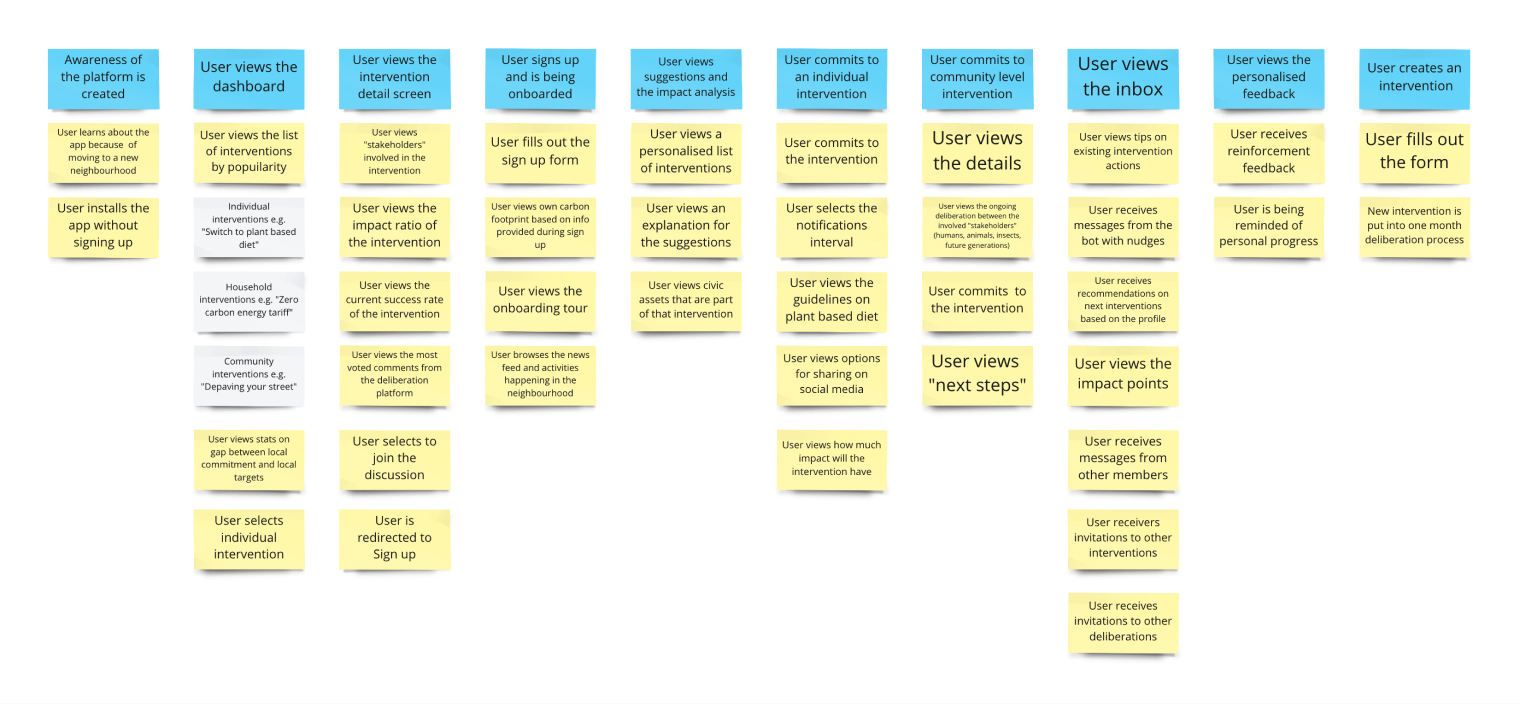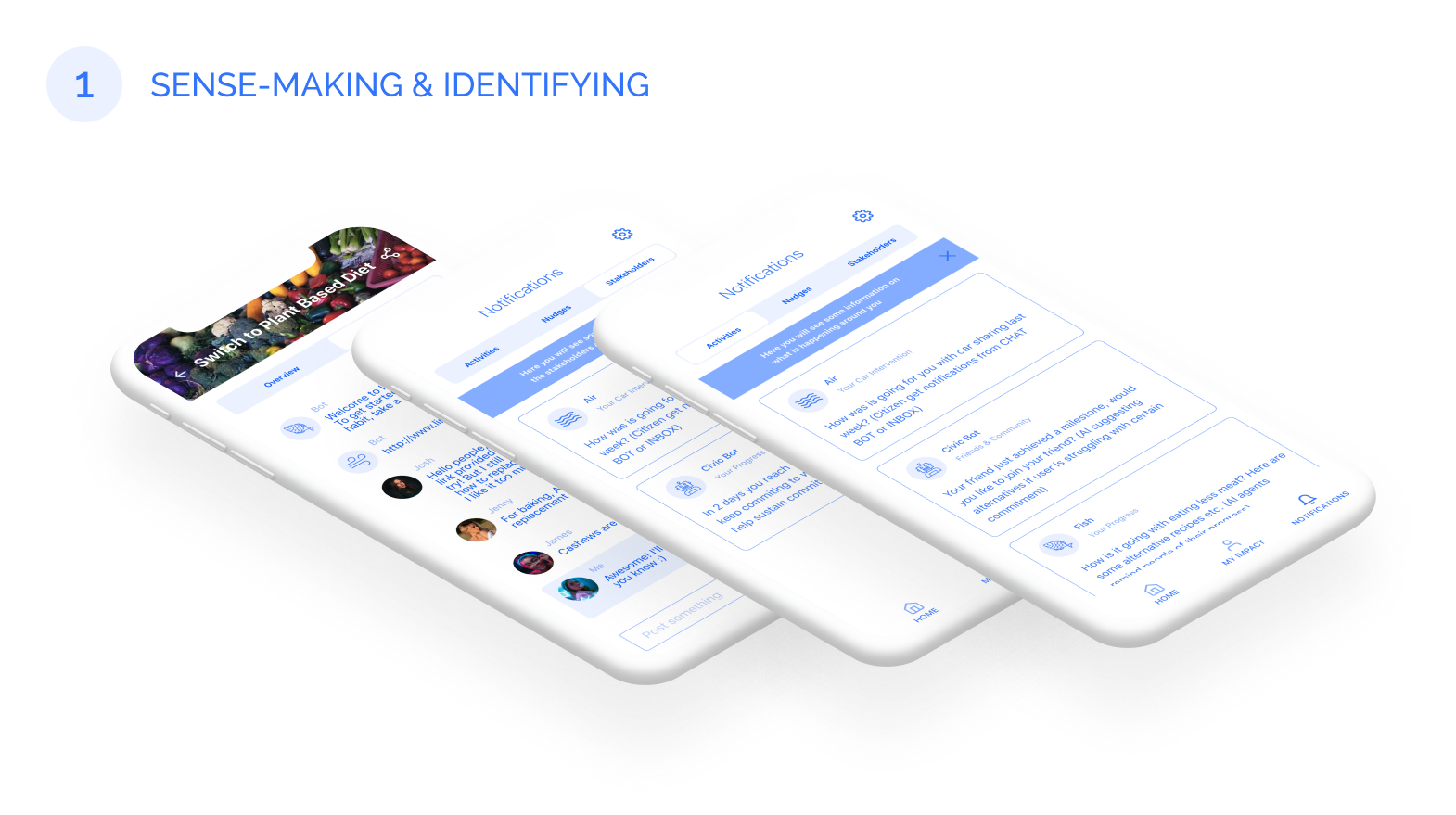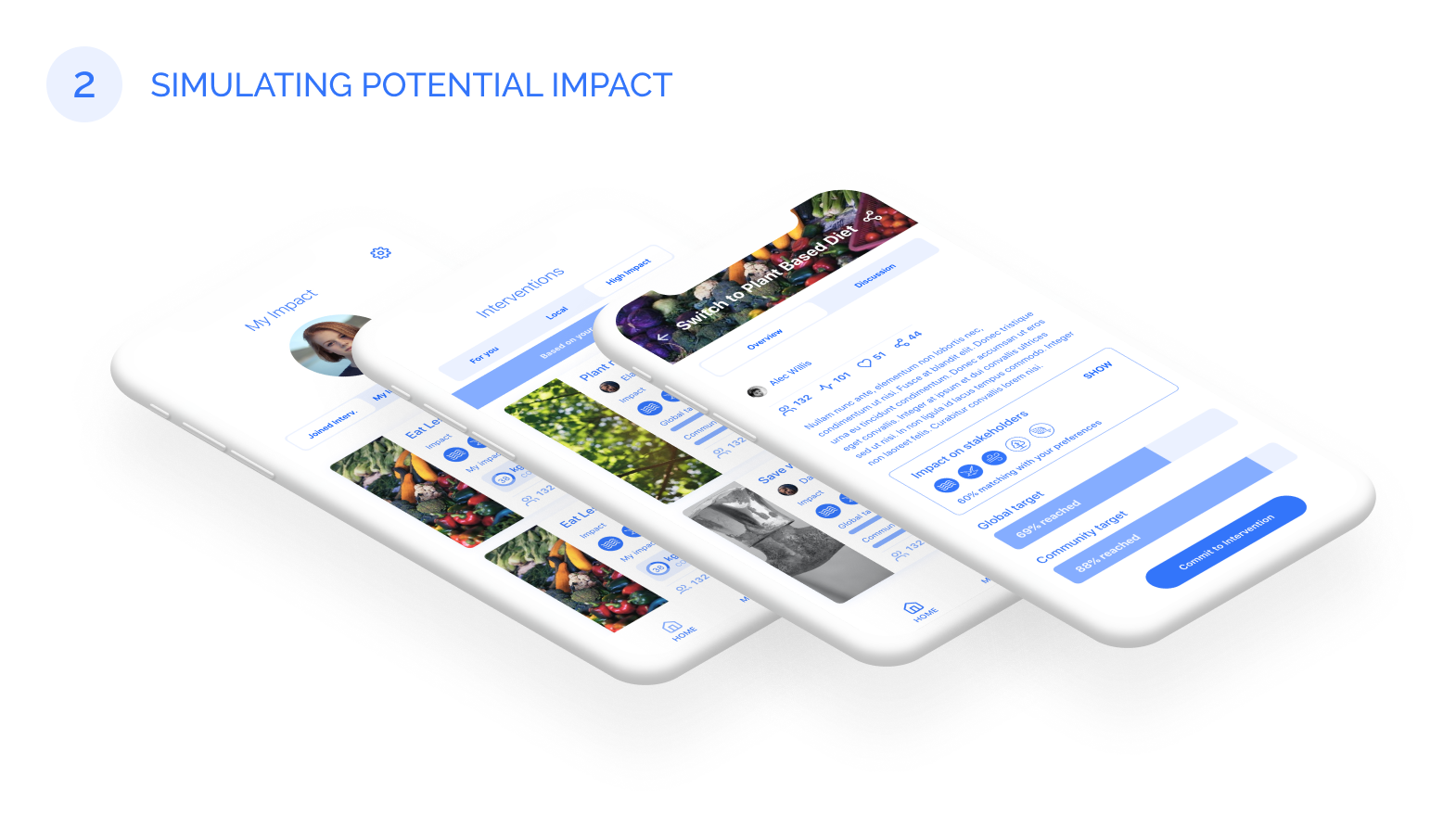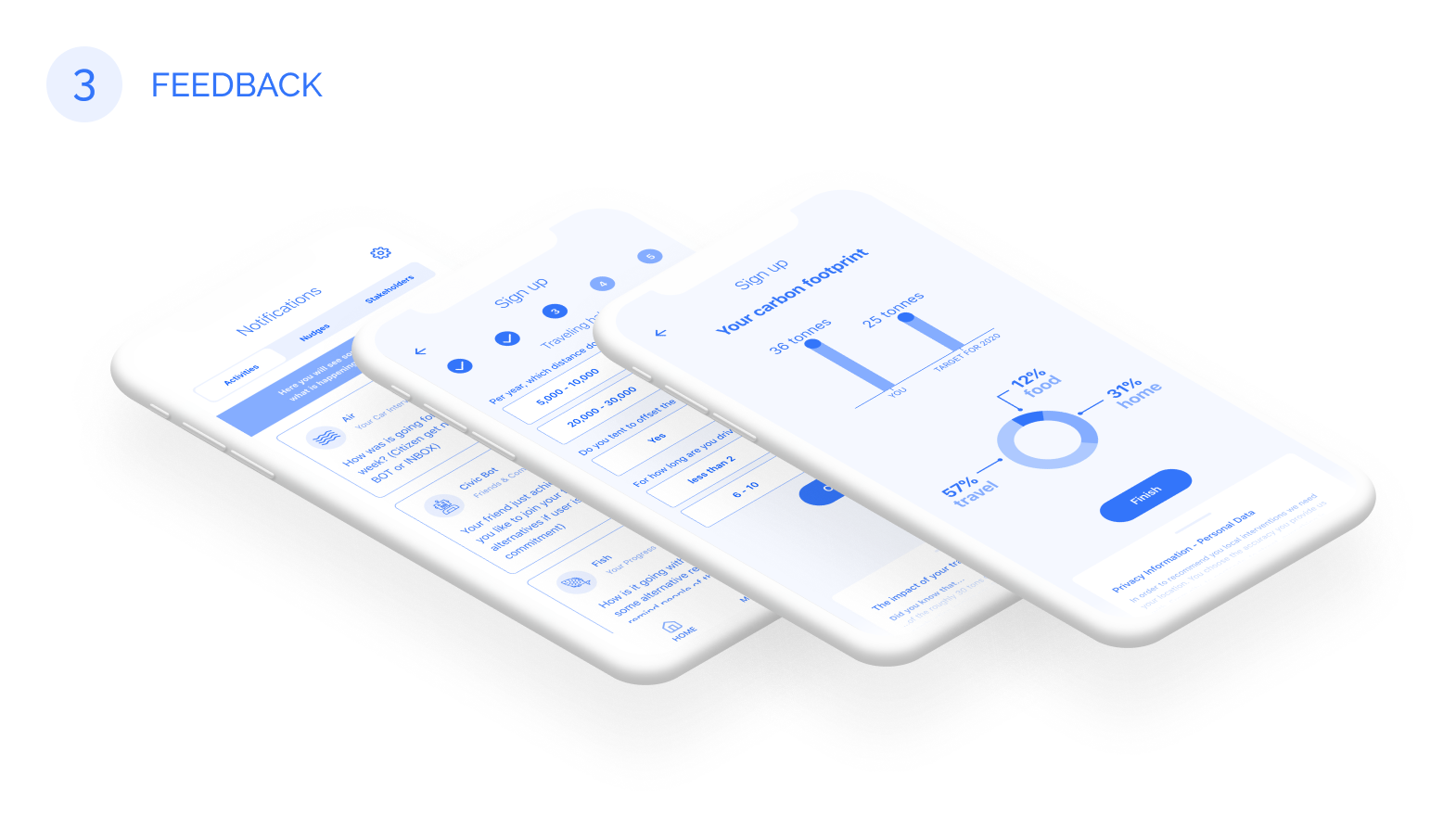As technology develops, Artificial Intelligence (AI) is used more and more to automate tasks. It is also increasingly utilized for computing complex operations. There is also a certain fear that AI might outperform humans in certain processes by taking over some of the tasks and replace them.
Here, the opportunity for AI and humans to work together also arises. We can focus on strengths of both sides; social and creativity for humans, and speed and scalability for the AI, to tackle different challenges. This is exactly what this project in collaboration with Lucidminds and Dark Matter Laboratories focused on.
Lucidminds is an R&D collective creating solutions empowered by agent-based models and simulations. They focus on analyzing socio-behavioral patterns and dynamics, and incorporating them into different solutions. Dark Matter Labs (DML), a strategic discovery, design and development lab working to transition society in response to technological revolution and climate breakdown.
Lucidminds and Dark Matter Labs were involved in a collaborative research project called Civic AI, to explore how AI and collective intelligence can help communities respond to the climate crises. The goal was to enable communities to respond to climate crises via the proposed framework by bringing groups of people and AI together.
We collaborated with LucidMinds and DML in the early days of their process to create a prototype that would showcase certain possible use cases for applying the Augmented Collective Intelligence (ACI) Framework (a tool for combining AI & Collective Intelligence for community challenges). Through this use case implementation, placed in a real world context, we laid the groundwork to communicate a digital product idea.
More on the framework and use cases can be found in Civic AI’s official website.
The problem
Lucidminds and DML started their research and their work on the ACI Framework earlier in 2020 and had an ongoing collaboration.
Through their work together, they explored different solutions, use cases and theoretical concepts. When we joined the collaboration, it was still focused on the conceptual level, and generating a lot of output in the form of research, conceptual studies, diagrams, and presentations. A major remaining task for the last stage of the project was to explore one part of the research through a concrete and demonstrable form. One way to do this effectively was by prototyping solutions based on the most promising concepts. This came with the additional benefit of producing a convincing visualization of the core ideas for the purpose of seeking future collaborations and development.
The main challenge in this project consisted in bringing all the theoretical knowledge towards the ACI framework to a digital product solution, to make it tangible and testable in a 2-week long Prototyping Sprint, starting from scratch.
The solution
Through a series of workshops, we worked on several existing use cases together and decided on which one was the most promising in terms of communicating a digital product idea. We converged on a use case with an AI and community collaboration focus.
In this use case, the goal was to empower communities to deliberate and align on collective action in response to climate crisis. Since these approaches only have positive consequences when they are done in a radical, locally appropriate and guided way, the proposed digital product idea started as mobile first solution.
Lucidminds and DML worked on the following user journey, and with our help, we boiled it down to the core demonstrable concept. We also did research on existing apps, ecosystems and solutions and incorporated some solutions into our next steps.

User journey steps.
Only then did we create wireframes and sketch out mobile first solutions and prototype the wireframes in Framer. During this step it was important to demonstrate the core concepts and values of the ACI Framework and embed them into the prototype, e.g:

Sense-making, building a collective understanding in community from an ecocentric perspective

Simulating impact, simulations feed on existing interactions and data, and can predict and model potential outcomes of these actions

Feedback, AI agents and community members interacting to create larger impact through constant feedback on taken actions
Eventually we delivered a prototype showcasing how a defined persona can accomplish a set of tasks within this framework.
This enabled Lucidminds and DML to incorporate the prototype into their next round of application to make a convincing case. This was achieved in two weeks and helped them move their work further.
The result
AI and humans working together is a relatively new topic and poses great challenges. Through this collaboration we helped Lucidminds and Dark Matter Labs to explore and prototype one possible application of their ACI Framework, and proposed mobile first solutions to communicate how it might look like as a digital product in a real world scenario.
The prototype was used to communicate possible applications of these ideas further by Lucidminds and Dark Matter Labs at possible future collaborators (including cities) for solutions on bringing AI and communities together.


